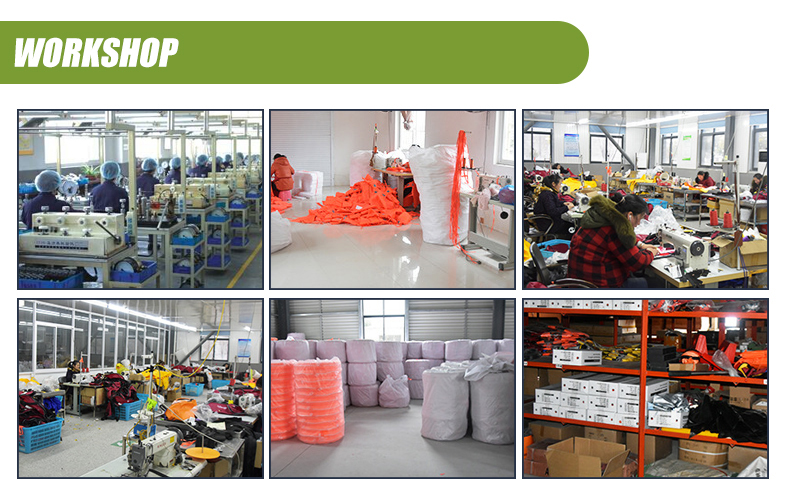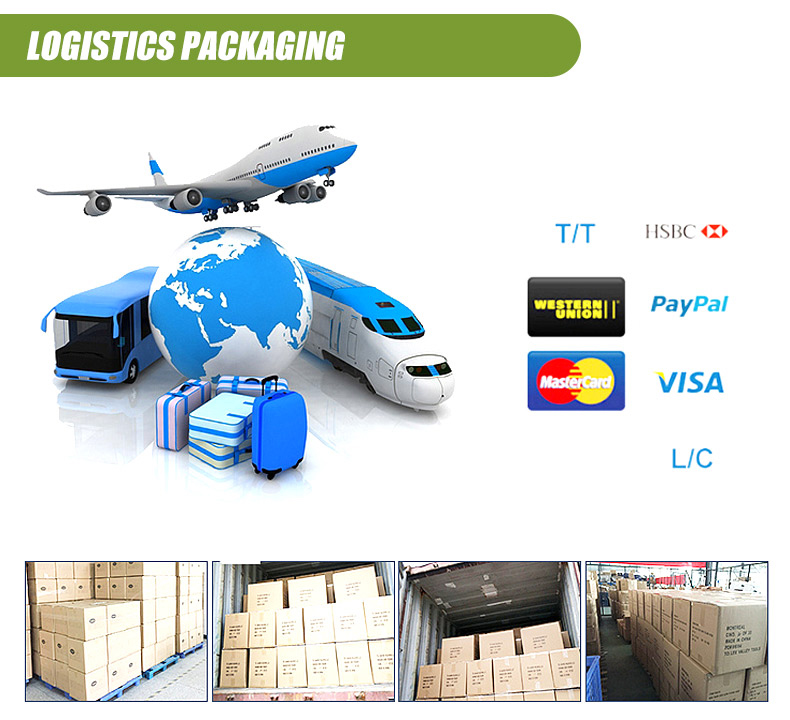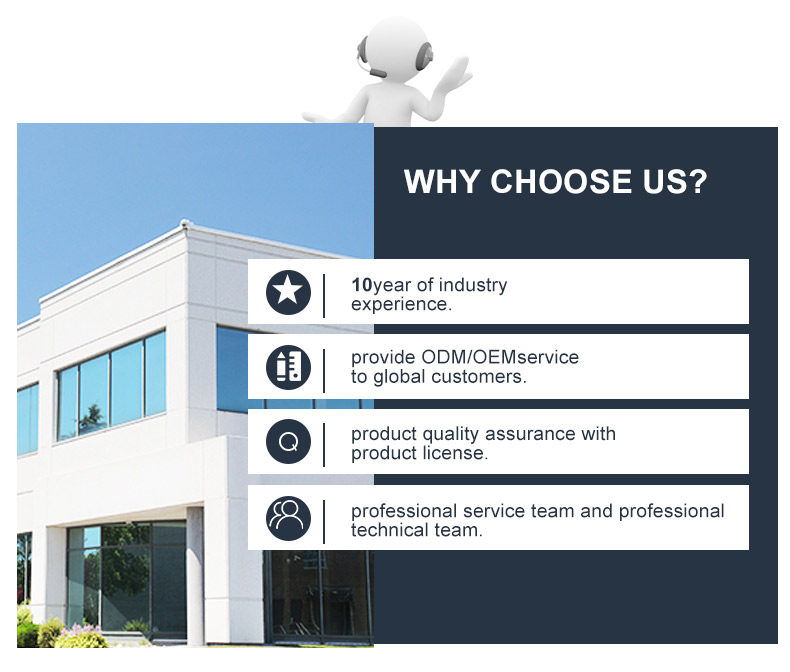Features of life jacket include:
- Buoyant Material: They are constructed with materials that provide buoyancy, such as foam or inflatable chambers filled with air.
- Buckles or Zippers: Most life jackets have secure closures, such as buckles or zippers, to keep the jacket in place once worn.
- Straps or Adjustments: Adjustable straps ensure a snug fit for different body sizes and shapes, allowing the wearer to tighten or loosen the jacket as needed.
- Reflective Elements: Many modern life jackets have reflective strips or patches that improve visibility in low-light conditions, aiding in rescue situations.
Remember, the features may vary based on the intended use and specific regulations in different regions. It’s important to select the appropriate life jacket based on the intended activity and ensure it fits properly for maximum safety.
Life jacket offer several advantages, including:
- Buoyancy and Floatation: The primary function of a life jacket is to keep a person afloat in water, providing buoyancy even if the wearer is unconscious or unable to swim.
- Enhanced Safety: They significantly reduce the risk of drowning, especially in situations where unexpected accidents, rough waters, or emergencies occur.
- Support for Weak or Non-Swimmers: They provide crucial support for individuals who are not confident swimmers or who might struggle in water, enabling them to stay afloat with minimal effort.
- Peace of Mind: Wearing a life jacket instills confidence and a sense of security, allowing individuals to enjoy water activities without fear of drowning.
These advantages emphasize the critical role life jackets play in water safety, making them an essential piece of equipment for anyone engaging in water-based activities.
Customizable aspects of life jacket include:
- Color and Design: Many life jackets come in a variety of colors and designs. Some manufacturers offer customization options where you can choose specific colors, patterns, or even add logos or names.
- Size and Fit: While sizes are standard, some life jackets offer adjustable straps and buckles, allowing for a more personalized fit. Custom fittings may also be available for certain models.
- Additional Features: Some life jackets offer modular features or attachment points where you can add or remove pockets, pouches, or accessories based on your preferences or specific needs for a particular activity.
- Personalization: Some manufacturers allow for personalized embroidery or labeling on the life jacket, such as adding a name or contact information for identification purposes.
- Buoyancy and Performance: In certain cases, you might have the option to choose the level of buoyancy or performance characteristics of the life jacket, especially for specialized activities where specific buoyancy ratings are required.
- Material and Construction: Depending on the manufacturer, you might have choices in the materials used for the outer shell or inner padding, allowing for preferences in comfort or durability.
Keep in mind that not all life jackets may offer extensive customization options, and availability can vary based on the brand or model. It’s essential to check with the manufacturer or retailer to see what customization options, if any, are available for a specific life jacket model.
There are several packaging solutions available for life jacket including:
- Clear Plastic Bags: Simple, transparent plastic bags that encase the life jacket, allowing visibility of the product while providing basic protection against dirt, moisture, and handling during shipping.
- Cardboard Boxes: Life jackets are often packed in sturdy cardboard boxes that offer better protection against impact during transit. These boxes might have handles for easier carrying and may include additional padding or inserts for extra protection.
- Vacuum-Sealed Bags: Some manufacturers use vacuum-sealed packaging to compress the life jacket, reducing its size for shipping and storage. Once opened, the jacket expands to its full size.
- Reusable Storage Bags: Higher-end life jackets may come with reusable storage bags made from durable materials. These bags are designed for long-term storage of the life jacket when not in use, providing protection and allowing easy transportation.
- Combo Packages: Sometimes, life jackets are packaged with other related items, such as boating accessories or safety gear, in a single package for added value and convenience.
- Customized Packaging: Certain manufacturers or retailers might offer customized packaging, such as branded boxes or special designs for promotional purposes.
The choice of packaging depends on factors like the manufacturer’s preferences, the intended market, and the type of life jacket being sold. Packaging solutions aim to protect the product, make it appealing to consumers, and provide information about the product’s features and usage.















